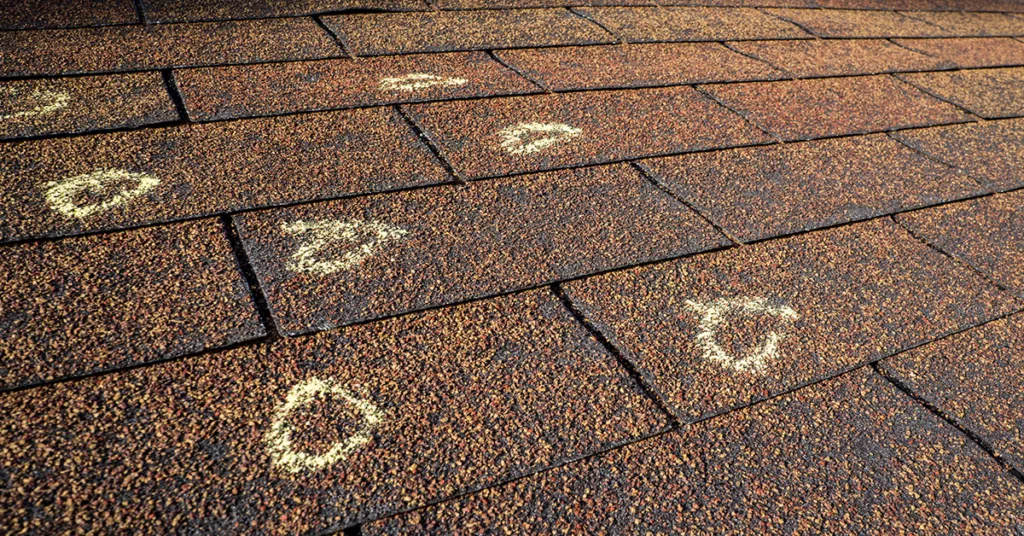With all the great things spring brings us, it delivers that nobody likes — hail and hail damage.
Hail visits us every spring due to the cold air from the north clashing with the warm, humid Gulf of Mexico air and sets the stage for intense thunderstorms. These storms cause weather events from strong winds and destructive tornadoes to lightning surges and devastating hailstorms.
Hail develops when rising air in a thunderstorm lifts water droplets high into the atmosphere, where temperatures are well below freezing. The stronger the updraft, the larger the hailstones. The south-central United States receives the most hailstorm damage every year. In 2016, just one hailstorm in San Antonio, Texas, resulted in more than $1 billion in damages. The costliest hailstorm in Colorado history occurred on May 8th, 2017, and resulted in $2.3 billion in damages.
Preparing apartment buildings for hailstorms
Hailstorms can’t be stopped, but you can do a lot to mitigate the damage before and after a hailstorm event. Owners of apartment buildings or complexes can prepare roofs to become more hail resistant.
- Keep your roofs clean — Staying on top of roof maintenance by removing dirt, debris, and other items help roofs resist water ponding after a storm and promotes better drainage.
- Impact-rated skylights — An intense hailstorm will make short work of ordinary skylights. Add skylights with severe hail ratings to mitigate the damage.
- Protect HVAC equipment — A lot of HVAC infrastructure sits on rooftops. Ensure the building’s rooftop HVAC equipment can withstanding hail impact or install hail guards, shields, or wire mesh protection.
- Impact-resistant solar panels — Solar panels receive a direct impact from hail, so make sure any solar panels on your rooftop are rated for hail.
- Post-storm inspection — A thorough roof inspection is always advised following a hailstorm. Assess the damages and repair them immediately before they become a more significant and more costly problem.
Minimize hailstorm risks and liability
Apartment owners should communicate best practices for tenants before, during, and after a severe storm. The biggest issue these storms bring along with property damage is power outages. Keeping tenants safe goes a long way in reducing liability. Prepare a severe storm checklist to email or handout to tenants before each spring storm season begins. Encourage them to read it, post it on the refrigerator, and keep it in mind during severe storms. Some highlights on the severe storm checklist may include:
- Prepare a severe weather safety kit that includes medical supplies, a flashlight, extra batteries, a portable radio, and nonperishable food and water bottles. Make sure the kit has a list of emergency contacts and phone numbers.
- Know the apartment complex emergency exits and storm protocols. If the complex offers a storm shelter, put it on a map so tenants can locate it if needed.
- Bring loose outdoor furniture, decorations, planters, or other moveable objects indoors.
- Stay away from windows and close shutters.
- Make a plan for vehicles that don’t have covered parking to help mitigate damage.
Get the proper storm insurance
The final layer of protection every hailstorm-prone building needs is Parametric Hail Insurance.
McGowan Risk Specialists CAT & Specialty Property Division is an E&S property-focused wholesaler that specializes in all types of hard-to-place accounts. We are experts at placing property located near the coast, in convective territories, or non-renewed due to the frequency/severity of claims.






